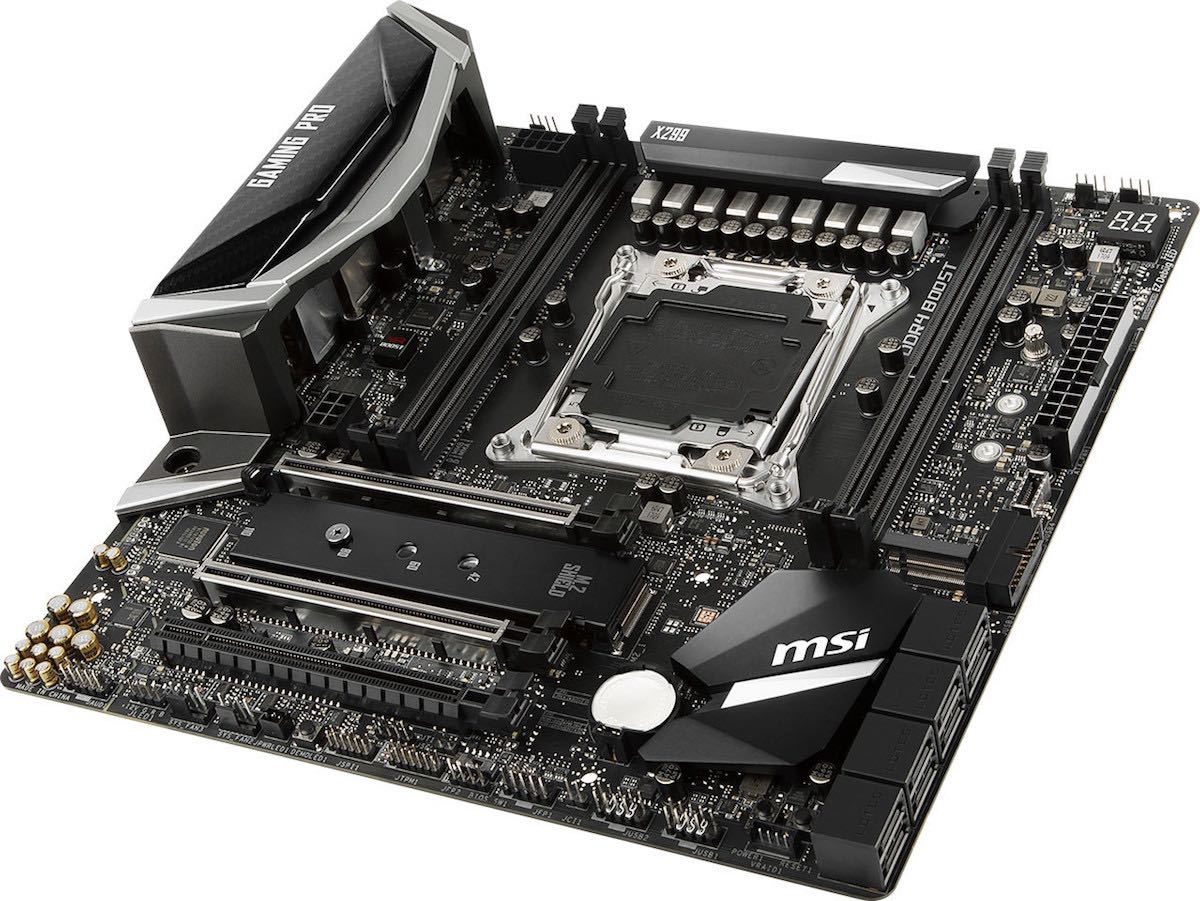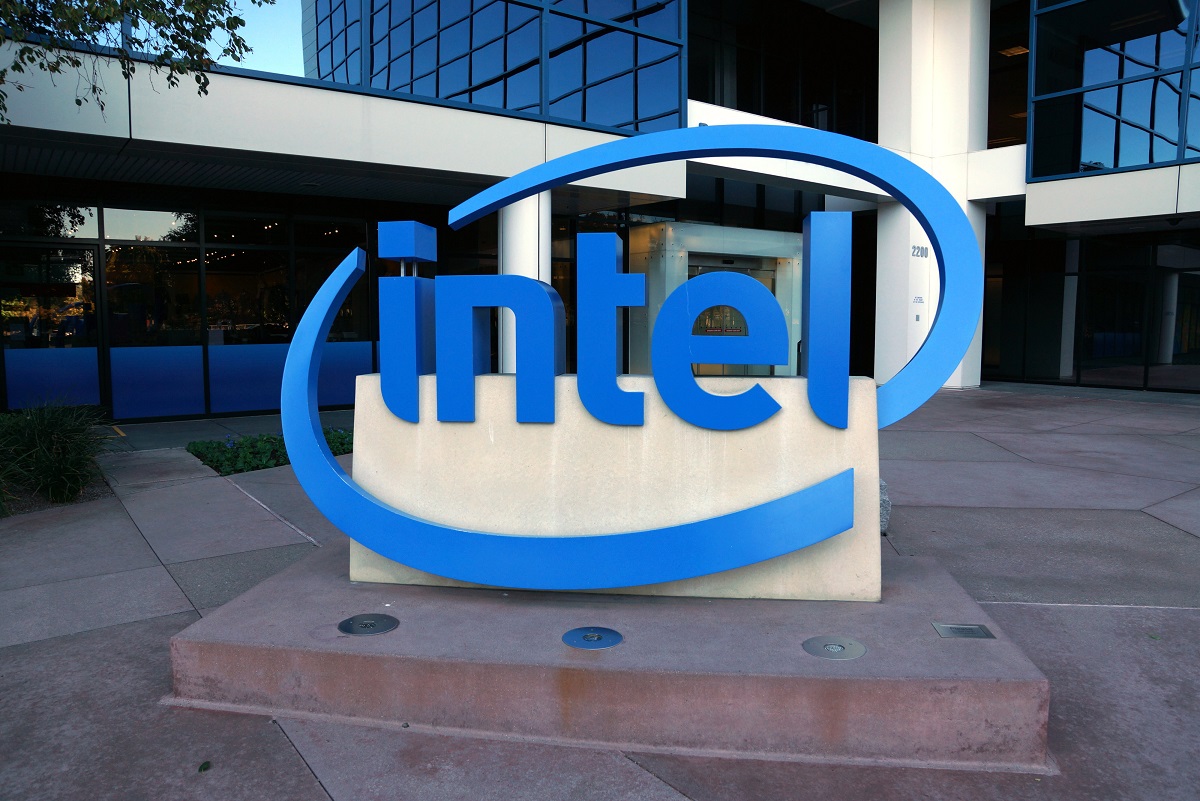Intel is planning to make a full transition to UEFI firmware by 2020. Thereby removing legacy support for BIOS and making it easier for hardware manufacturers to design products. Announced at a Unified Extensible Firmware Interface forum earlier this month, the goal is to completely relegate BIOS to the history books over the next few years.
BIOS, or the Basic Input/Output System, is something that most PC users know about. It generally runs the first checks on a computer when the power is turned on, counting the amount of RAM, probing if everything is working, and detects input peripherals. For the most part, it’s been a critical part of computer software.
That said, BIOS is still based on a 16-bit system runs on 1MB of memory. Which is extremely limiting compared to what computers are capable of these days. In 2007, computer manufacturers got together to adopt the Unified Extensible Firmware Interface – which Intel had been developing since 2005. Despite this, the name BIOS was retained to avoid confusing consumers (although that really wasn’t necessary).

Computers since Windows Vista have actually been booting using UEFI, although these have an optional Compatibility Support Module to keep legacy systems and hardware running. Some older software also only works if BIOS is present; necessitating the existence of CSM.
That all ends in 2020, when Intel completely drops the CSM and goes fully UEFI. This will allow hardware manufacturers to build new products without having to offer legacy ROMs in the event that someone is still running an ancient machine. Unfortunately, it will also prevent old software from running on new computers. Although, virtual machines should still be able to fill this niche.
That said, both AMD and Intel would have to support the move to a purely UEFI environment for anything to change in the industry. In this case, AMD has not yet chimed in on the matter.
[Source: UEFI Forum, Anandtech]
Follow us on Instagram, Facebook, Twitter or Telegram for more updates and breaking news.



